CHARLOTTE, North Carolina—For various reasons, this article is long overdue. We've looked at motorsport at Ars on many occasions, in many different forms. But a look through the archives finds barely a mention of NASCAR, admittedly an error on my part. Stock car racing is more popular in the US than any other motorsport, but it also has a reputation—or a stereotype—as a technology-free zone. But as anyone who follows the sport closely knows, there's little justification for that stereotype these days.
Although we had an invite to check out last year's season finale at Homestead in Miami, somehow that didn't feel like the right way to take a proper look at the sport today. I'm not usually one to turn down a day at the track, but it felt like the resulting article could have ended up as a piece of cultural tourism. It would be easy to trade in stereotypes about NASCAR fans—just like every other racing fan, but different and more numerous—and offhand remarks about the visceral impact of 40-odd stock cars blasting past in a pack at speeds often well north of 160mph (257km/h).
I'd rather leave that to the lifestyle publications; people come to Ars to read about technology, after all. So luckily, a better opportunity presented itself. Instead of a warm weekend away in late November, how about a trip to Charlotte in the off-season for a proper look behind the scenes? Calls were made, meetings were lined up, and so it was I found myself driving the 400 miles from Washington, DC, down to North Carolina, a surprisingly easy road trip thanks to a Cadillac CT6 equipped with Super Cruise. After a day spent talking to people throughout the sport—including NASCAR's technology development team, its R&D Center, and some chaps at Ford—I'm now reassessing my ideas about which motorsport series is the techiest of them all.



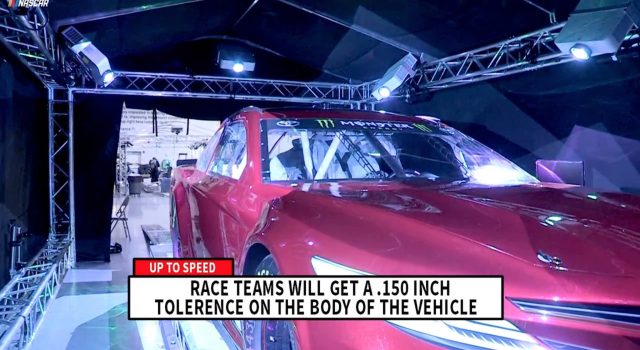




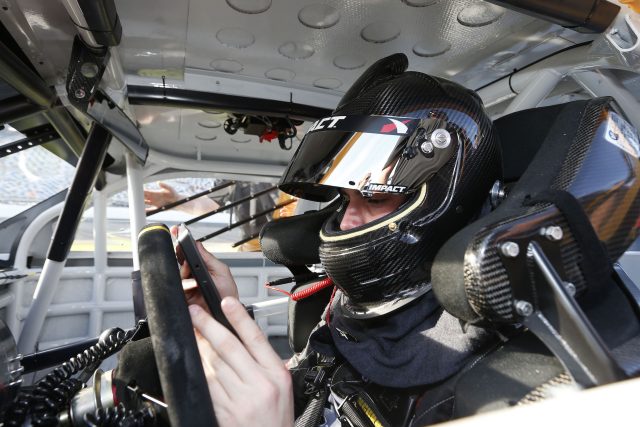

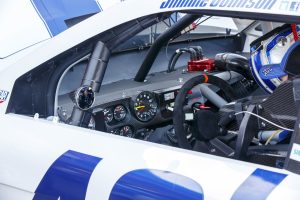
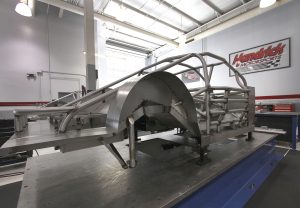


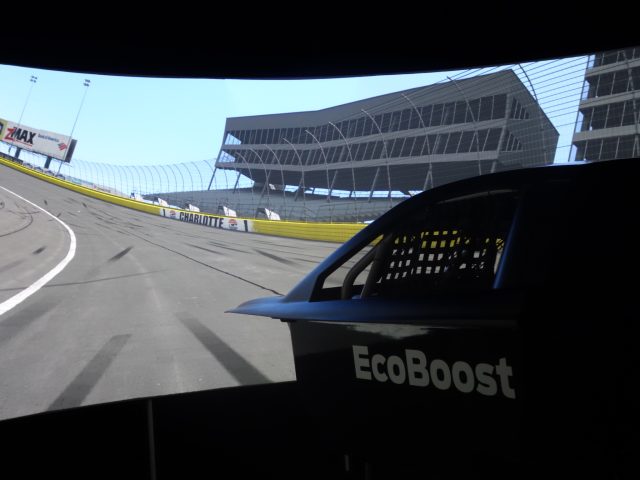
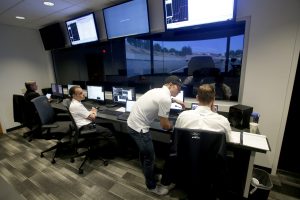










 Loading comments...
Loading comments...
